Exploring Britain’s Most Enchanting Literary Hotels
A few years back, while my husband and I were trekking along the stunning Dorset coastline, we felt the need to take a break. After three hours on the trail, Lulworth Cove was still two hours away. A stranger, emerging from the sea mist, suggested, “No worries! You can head down the cliff and walk back along the beach. It’s the historic smugglers’ path mentioned in Moonfleet, a children’s novel by J Meade Falkner.” Intrigued, we purchased a copy—a gripping adventure reminiscent of Treasure Island—and thoroughly enjoyed it. Our excitement skyrocketed when we learned that the very house that inspired the novel had been transformed into a hotel.
There’s an incomparable excitement that comes with walking in the footsteps of beloved authors, especially when their journeys lead to luxurious accommodations. It allows you not only to witness the locales that inspired their tales but also where they dined, slumbered, or encountered moments of intrigue. Here, we unveil ten of the most delightful literary hotels scattered across Britain.
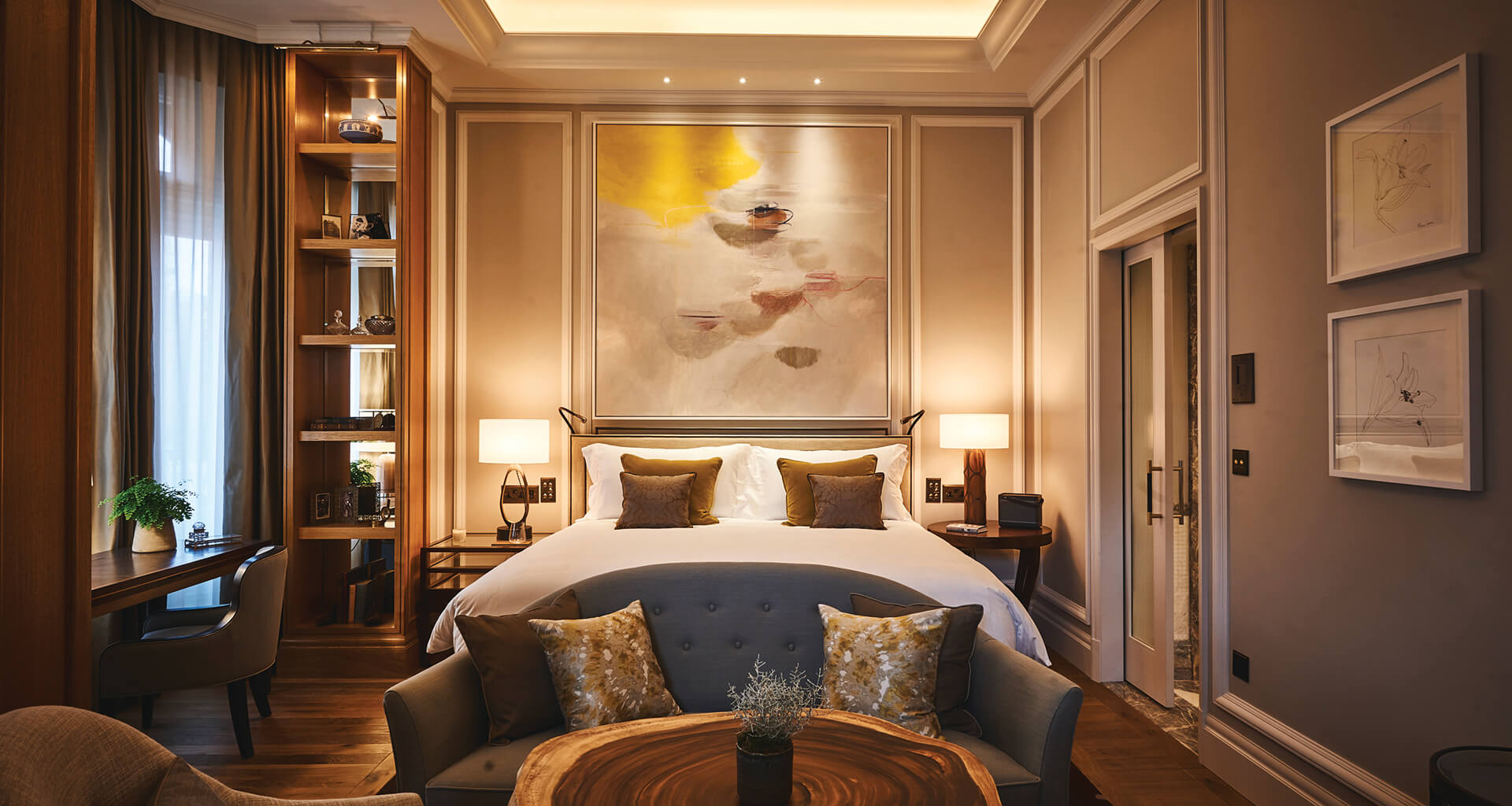
1. The Cadogan, London — Oscar Wilde
The illustrious Irish playwright and poet Oscar Wilde was no stranger to luxury hospitality. This 54-room Belmond establishment in Chelsea is famously linked to Wilde, marking the spot of his arrest on April 6, 1895, for gross indecency, a moment immortalized by John Betjeman. The Oscar Suite, previously Wilde’s room (118), features a glamorous marble bathroom and a mini-library curated by John Sandoe.
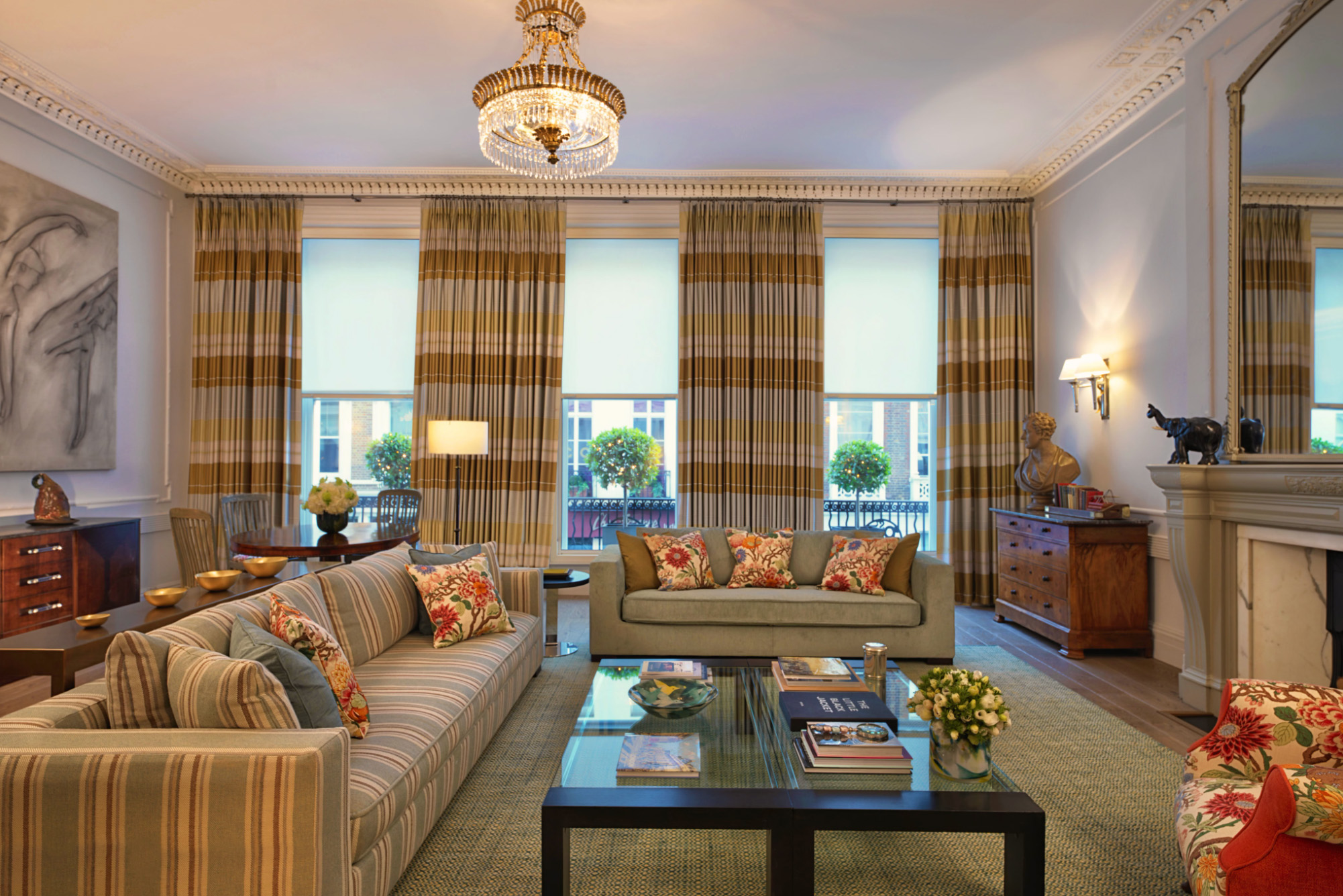
2. Browns Hotel, London — Rudyard Kipling
Founded in 1837 by the butler of Lord Byron, this renowned Mayfair hotel has welcomed an array of literary figures, including Robert Louis Stevenson and Stephen King. Its premier suite celebrates Rudyard Kipling, who began his honeymoon here in 1892 and is believed to have penned portions of The Jungle Book during his stay. A unique statue of a monkey adorns the entrance to the two-bedroom suite, which boasts hand-painted wallpaper and stunning views over Albemarle Street.
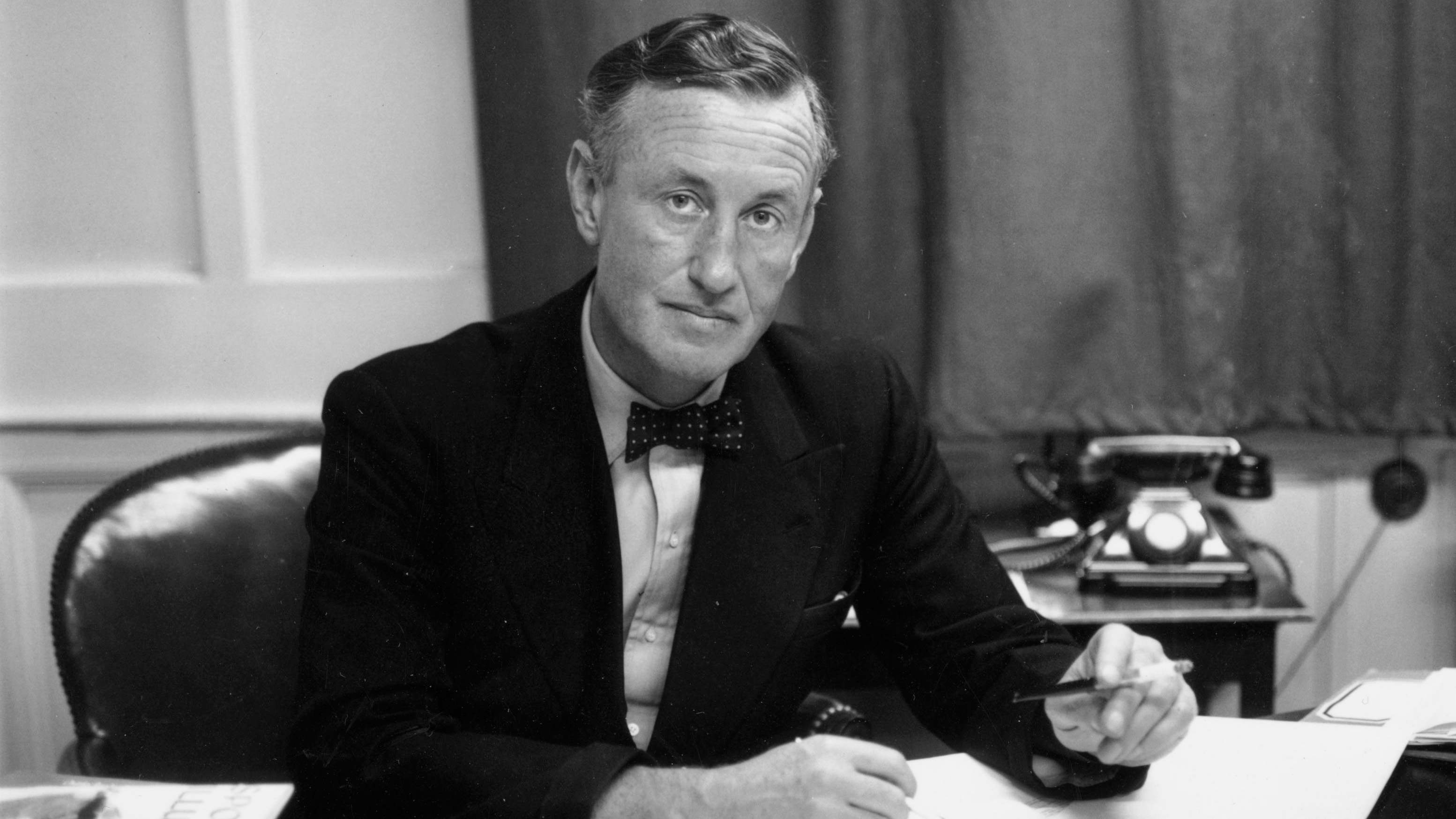
3. The Dorchester, London — Ian Fleming
While Ian Fleming is best known for his Goldeneye estate in Jamaica, he frequented The Dorchester starting in the 1940s when he worked for naval intelligence, up until his death in 1964. Following a renovation in 2022, the hotel introduced the Vesper Bar, inspired by James Bond’s love interest in Casino Royale. The legendary Vesper Martini cocktail, crafted by Fleming in 1953, is a highlight of this chic venue.
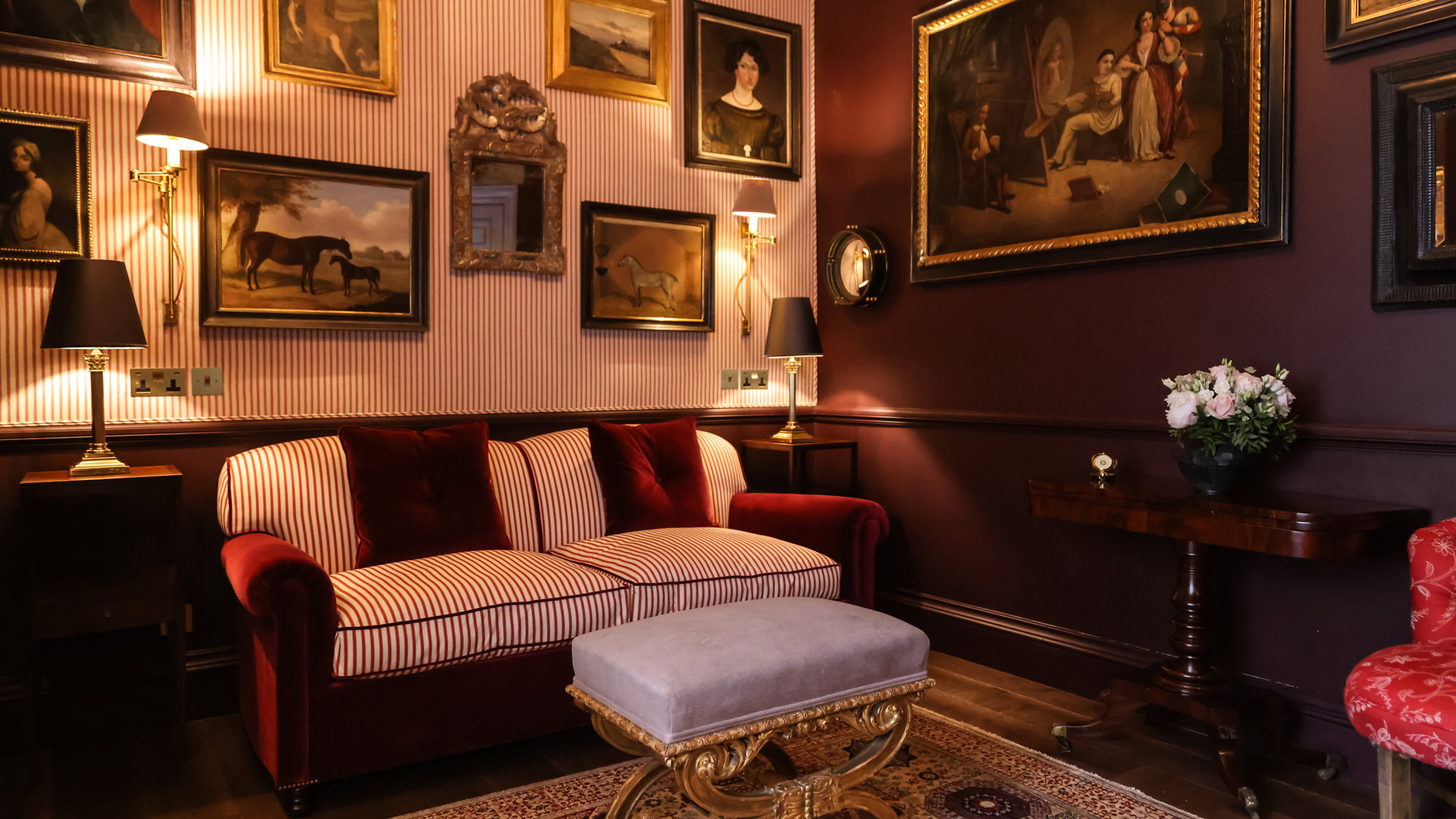
4. Henrys Townhouse, London — Jane Austen
Between 1801 and 1804, this Georgian townhouse in Marylebone served as the residence of Jane Austen’s beloved brother Henry and his eccentric wife Eliza, who is thought to have influenced characters in Austen’s works. The property now features six beautifully designed Regency bedrooms and a cozy area styled like a vintage train carriage, where guests can engage with first editions of Austen’s novels, located just a short drive from Austen’s Chawton cottage.
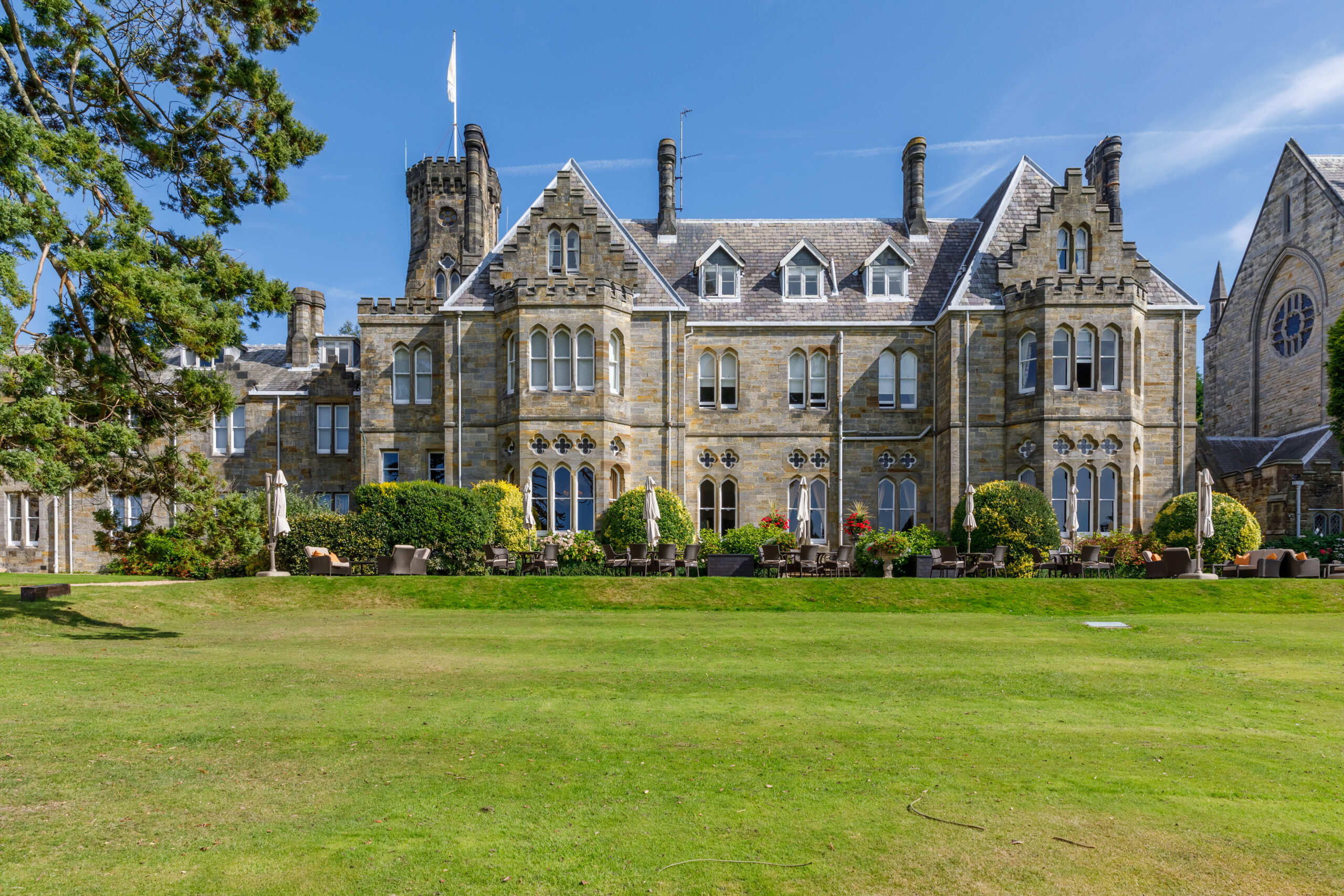
5. Ashdown Park Hotel, East Sussex — A.A. Milne
With the arrival of bluebell season, thoughts turn to Ashdown Forest, the inspiration for the Hundred Acre Wood from Winnie-the-Pooh. Visitors flock to Ashdown Park Hotel to enjoy its 106 rooms, participate in Pooh Sticks under the bridge featured in E.H. Shepard’s illustrations, and indulge in a themed afternoon tea. A.A. Milne resided nearby with his family, making this area a cornerstone of his literary legacy.
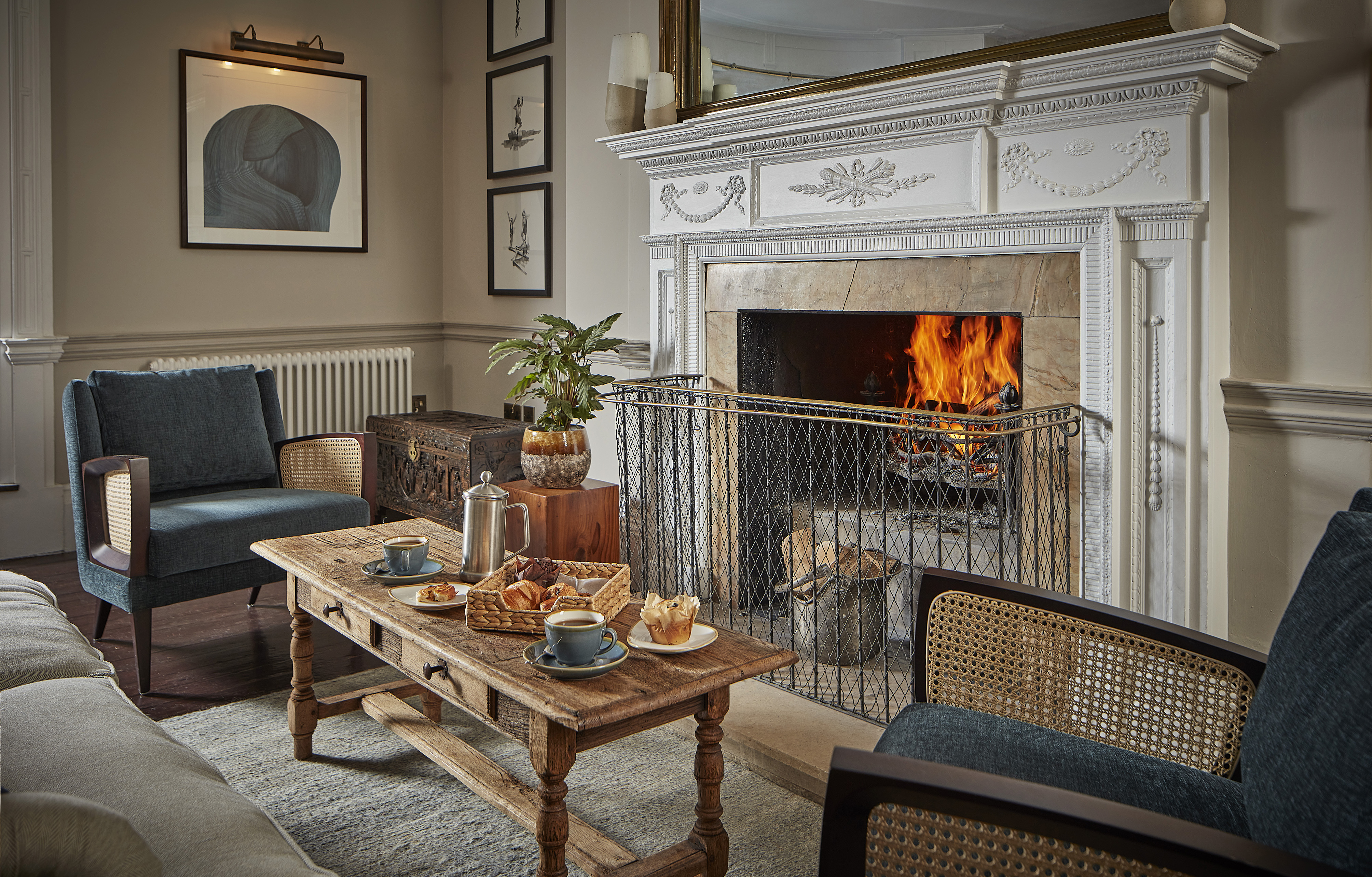
6. Moonfleet Manor, Dorset — J. Meade Falkner
The Smugglers’ Path down from White Nothe on the Jurassic Coast is a thrilling trail that features in Falkner’s novel Moonfleet. This captivating destination has now transformed into a family-friendly hotel, where the character names and themes from the book are reflected in eight of its 36 rooms overlooking the breathtaking Chesil Beach.
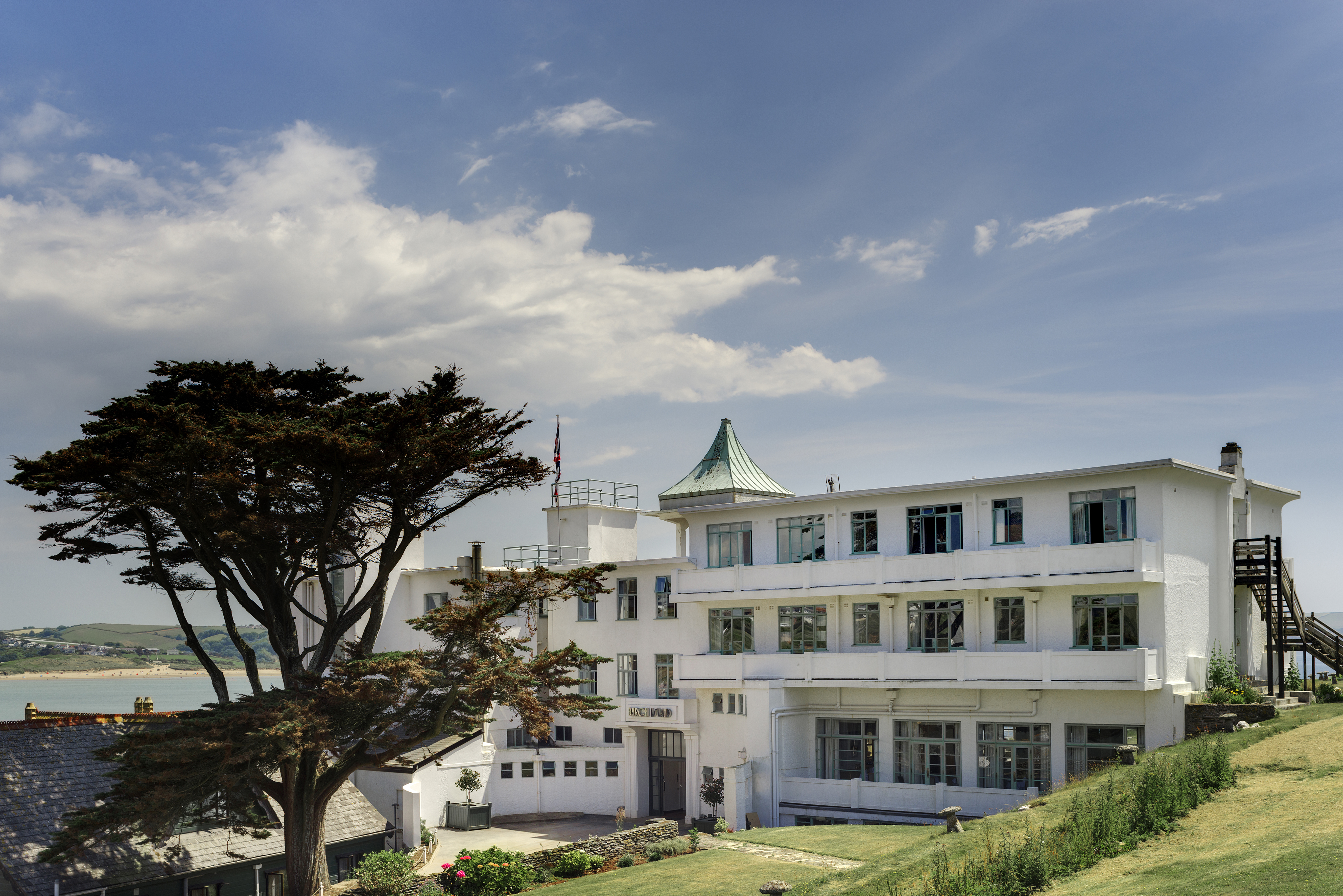
7. Burgh Island, Devon — Agatha Christie
Burgh Island, the enchanting tidal destination immortalized in Agatha Christie’s And Then There Were None, served as the writer’s retreat for her literary pursuits. Restored to its former glory, this art deco hotel offers modern amenities alongside the historical allure of Christie’s era, with options for unique stays in beach houses that boast stunning views and hot tubs.
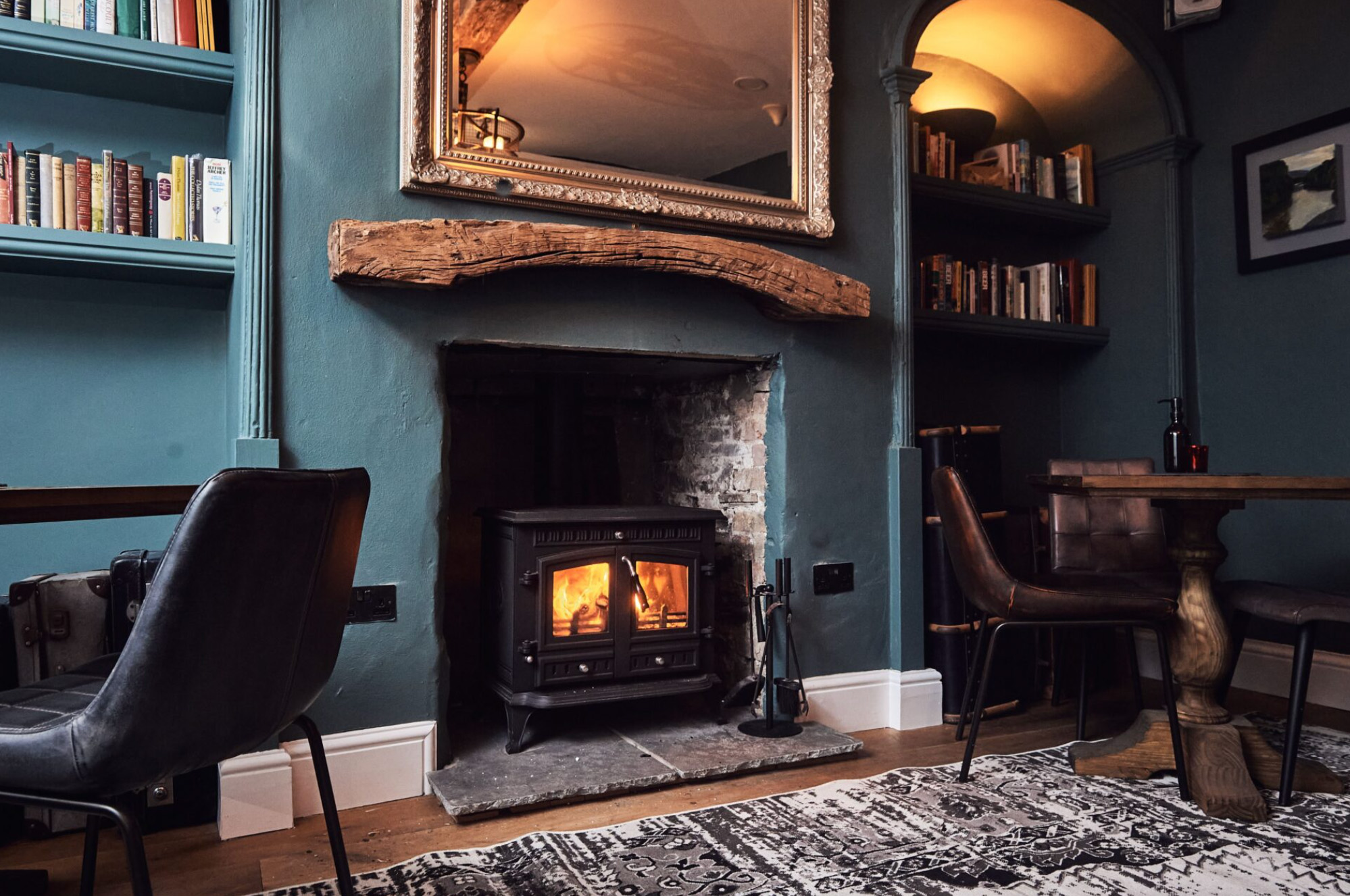
8. Brown’s Hotel, Laugharne, Carmarthenshire — Dylan Thomas
Dylan Thomas, the famed Welsh poet, found inspiration in the village of Laugharne, where he lived with his family. The historical Brown’s Hotel, dating back to 1752, now offers a boutique experience along with a rustic pub and a highly acclaimed restaurant, capturing the essence of the local landscape and Thomas’s enduring legacy.
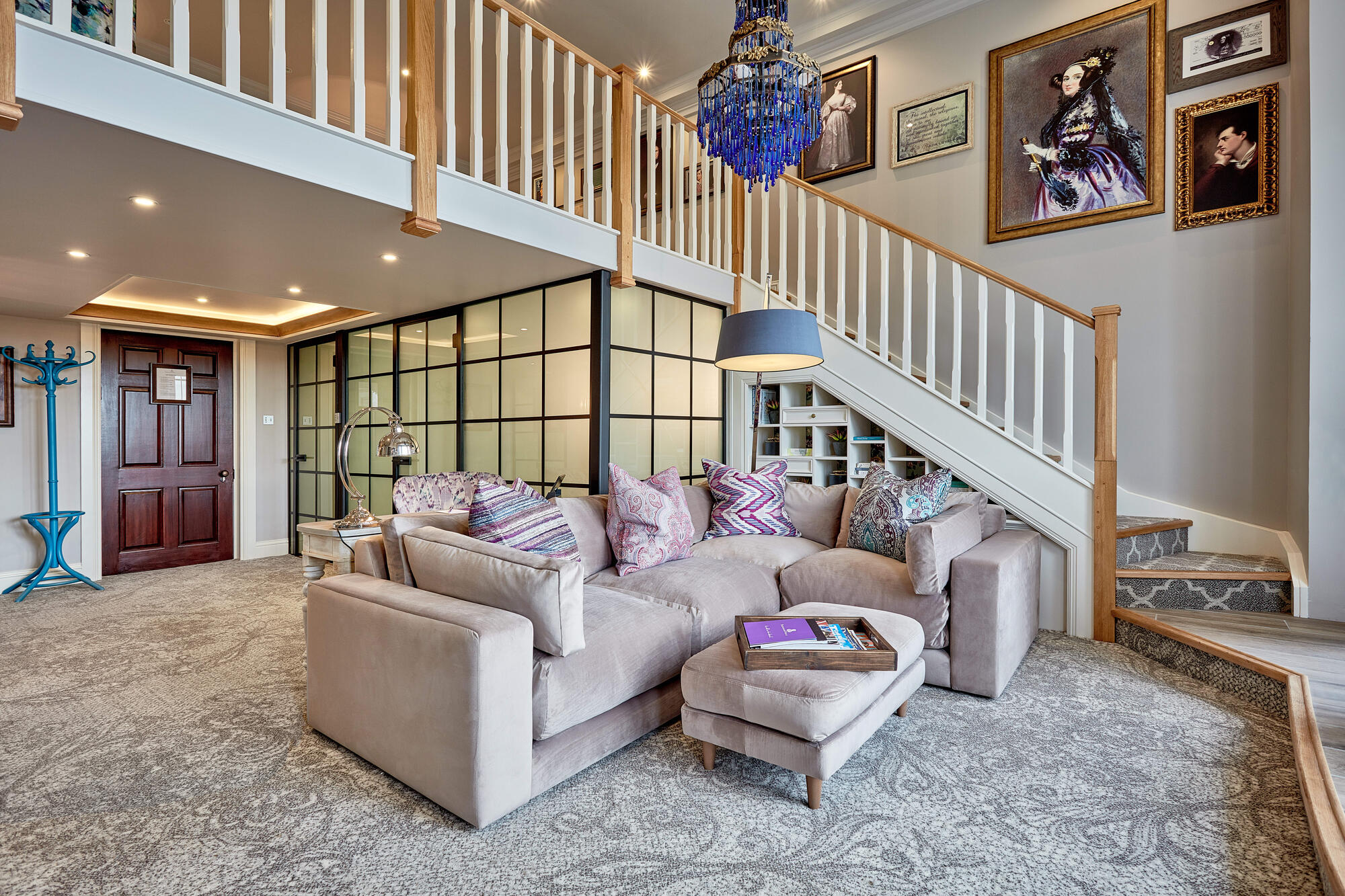
9. Seaham Hall, Co Durham — Lord Byron
This 19th-century clifftop residence holds historical significance as the site of Lord Byron’s marriage to Annabella Milbanke. Its opulent spa hotel offers luxurious suites named after Ada Lovelace, who emerged as the world’s first computer programmer and was the couple’s daughter. The splendid decor melds historical charm with modern comfort.
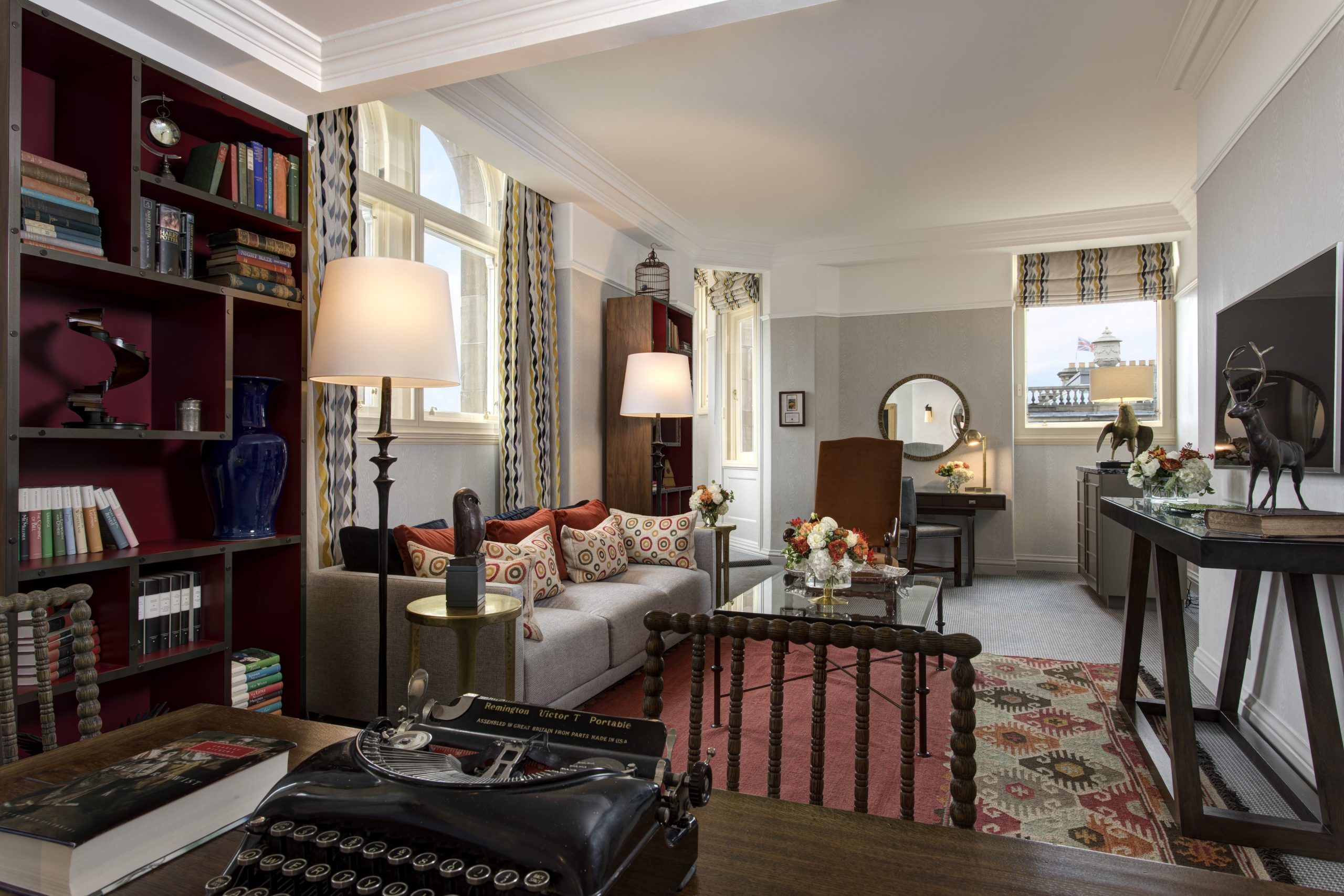
10. The Balmoral Hotel, Edinburgh — J.K. Rowling
While J.K. Rowling started her Harry Potter journey in a café, she finalized the series in the luxurious surroundings of The Balmoral, a landmark Victorian hotel. The room where she completed her work has become iconic, marked by an inscription on a marble bust. The hotel’s elegance and historical significance make it a must-visit for literary fans.
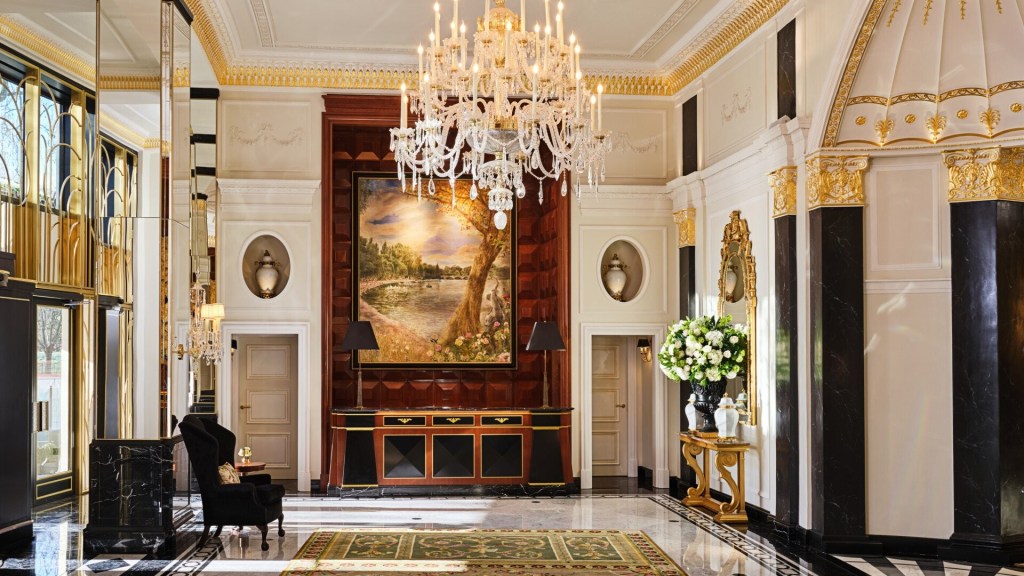
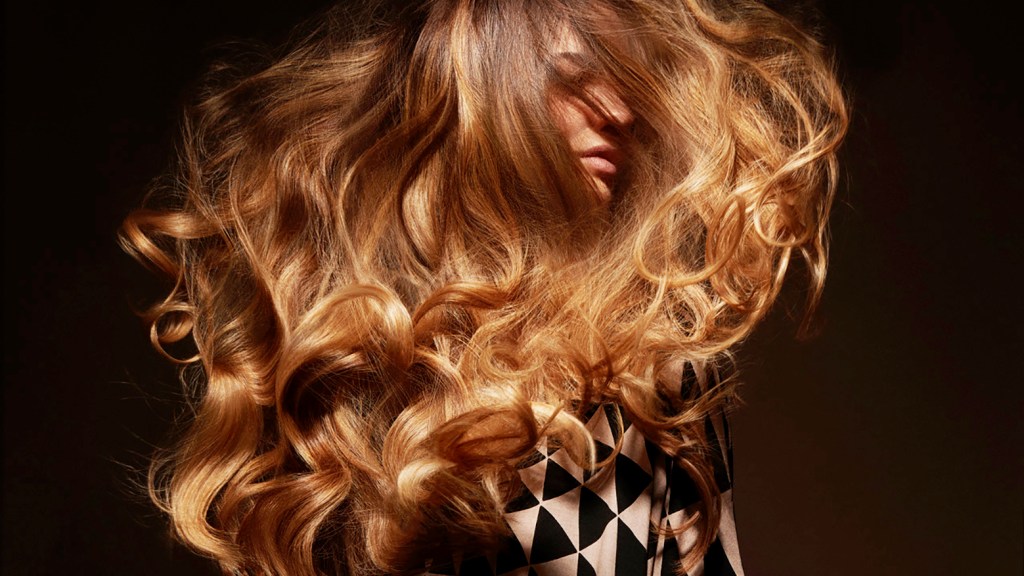


Post Comment